Sustainable fashion has become really popular ever since the Eco-friendly products began to gain prominence across the globe. Sustainable fashion is all about using Eco-friendly materials in fabrics and also implementing environmental- friendly techniques. Cheap toxic fabrics can impact really much on the environment which might result in pollution and also increase the landfills. This is why we need to depend on Eco-friendly fabrics so as to protect the environment and spread the message about these ‘green’ fabrics.
Some of the Eco-friendly fabrics are:
1) Cashmere:
The under hair of Kashmir goats are used to make this fabric. These goats are now raised in different parts of the world. This fabric gives a luxurious feel and it is truly an Eco-friendly fabric. The real cashmere though is expensive, but in the long run you wouldn’t regret buying one. Unlike the cheap cashmere fabric that you might be deceived into buying, the pure cashmere does not contain any amount of chemicals or dyes. Whereas, cheap cashmere is quite toxic due to the presence of dyes and chemicals. This is why the use of green cashmere is ostensibly encouraged.
This is one of the most Eco-friendly fabrics one can find in the market. It is used for a number of purposes and is a very tough and sturdy material. It has been used around the globe for making fabrics used in pajamas and nightgowns. Moreover, hemp is easily available and can also be grown easily. This is why fabrics like hemp have been used and encouraged.
This is grown on plants that require extremely few pesticides and hence the chemicals present in it are considered to be negligible. You can find this fabric generally sold by an Eco-certified clothing brand. The best part of buying this is that you don’t have to iron it often. The crinkly look of the linen fabric is itself a style statement and does not require to be pressed. Also, there is cheap linen available which claim to be Eco-friendly but watch out, because they contain a lot of chemicals and are exceedingly toxic.
The soft and silky fibers of soy fabrics have made it quite useful in lingerie. Soy fabric has thus been very popular in the undergarment industries. They are mainly the byproducts of soy oil processing and are also organic, Eco-friendly and exceptionally sustainable. There is also a possibility of getting soy blended fabric but make sure you are buying it from a certified brand else you might be deceived into buying the cheap fabric.
It was in 1996 when Ecolog Recycling Network started the recycling of polyester materials. From then on it gained immense popularity and the work started to spread around the globe. You can get even fleece jackets that are made from recycled polyester. Patagonia produces most of these fleece jackets from recycled polyester. Even the zips and buttons are said to be made of this in the clothing lines of several brands.
This is another Eco-friendly material that is abundantly available. Bamboo trees grow very quickly and hence there is no problem of facing any shortage of this fabric. This is why it is environment -friendly since there are very less chemicals and pesticides that are used in this when compared to other fabrics. Yet, the presence of chemicals cannot be entirely ignored though. There are several clothing suppliers that have bamboo-fabric clothing line. These fabrics are naturally antibacterial, hypoallergenic and fast drying and absorbent.
This fabric is mainly obtained from the alpaca sheep and is claimed to be chemical-free. This is because the alpaca sheep are not given any antibiotics or any insecticides to keep away the fleas. On a lighter note, alpaca sheep are said to be born as Eco-friendly! Thus, the alpaca wool is extremely sustainable and in a way, very long lasting and reliable.
Always buy cotton that is from a certified Eco-friendly brand. Organic cotton is said to be grown without the use of any fertilizers or chemical pesticides and that is why the use of organic cotton is encouraged. But, the conventional cotton leaves a pronounced carbon footprint on the earth and substantially pollutes the environment On the other hand, organic cotton completely eliminates the use of any toxic chemicals and helps in the protection of biodiversity. It also helps in the protection of ground water and thus stabilizes the water table. Always choose organic cotton that is obtained in colors like cream or other pale colors since these are the naturally grown shades.
This is basically a natural protein fiber and an Eco-friendly product since it is not synthesized by any chemical processes but instead produced by silk worms. Also, these silk products need to be bought only if they are not dyed or if dyed naturally. The chemically dyed products are generally toxic and harmful to the environment.
These environment- friendly fabrics indeed speak about sheer sustainable fashion and are the best substitutes to the synthetic fabrics. Though they tend to cost a little more at times, they are very effective in minimizing any kind of pollution due to the reduced usage of chemicals and pesticides. This is why you need to switch to sustainable fashion and put on the ‘greenest’ attires to help protect the environment and our dear Mother Earth.

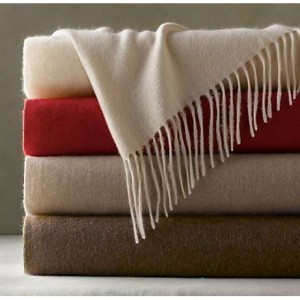
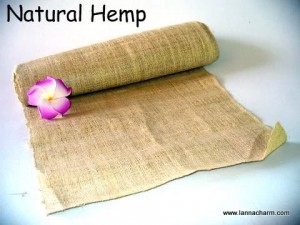
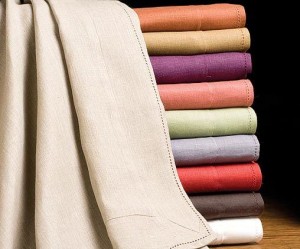

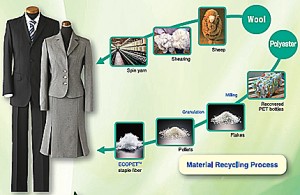
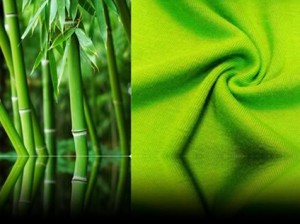
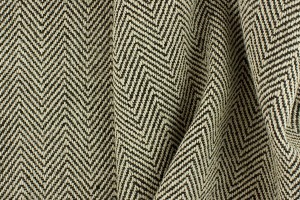
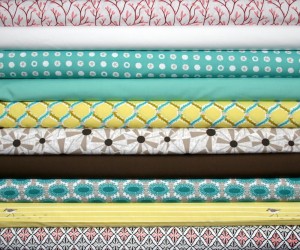
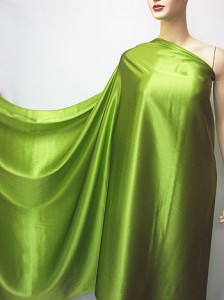
Leave a Reply